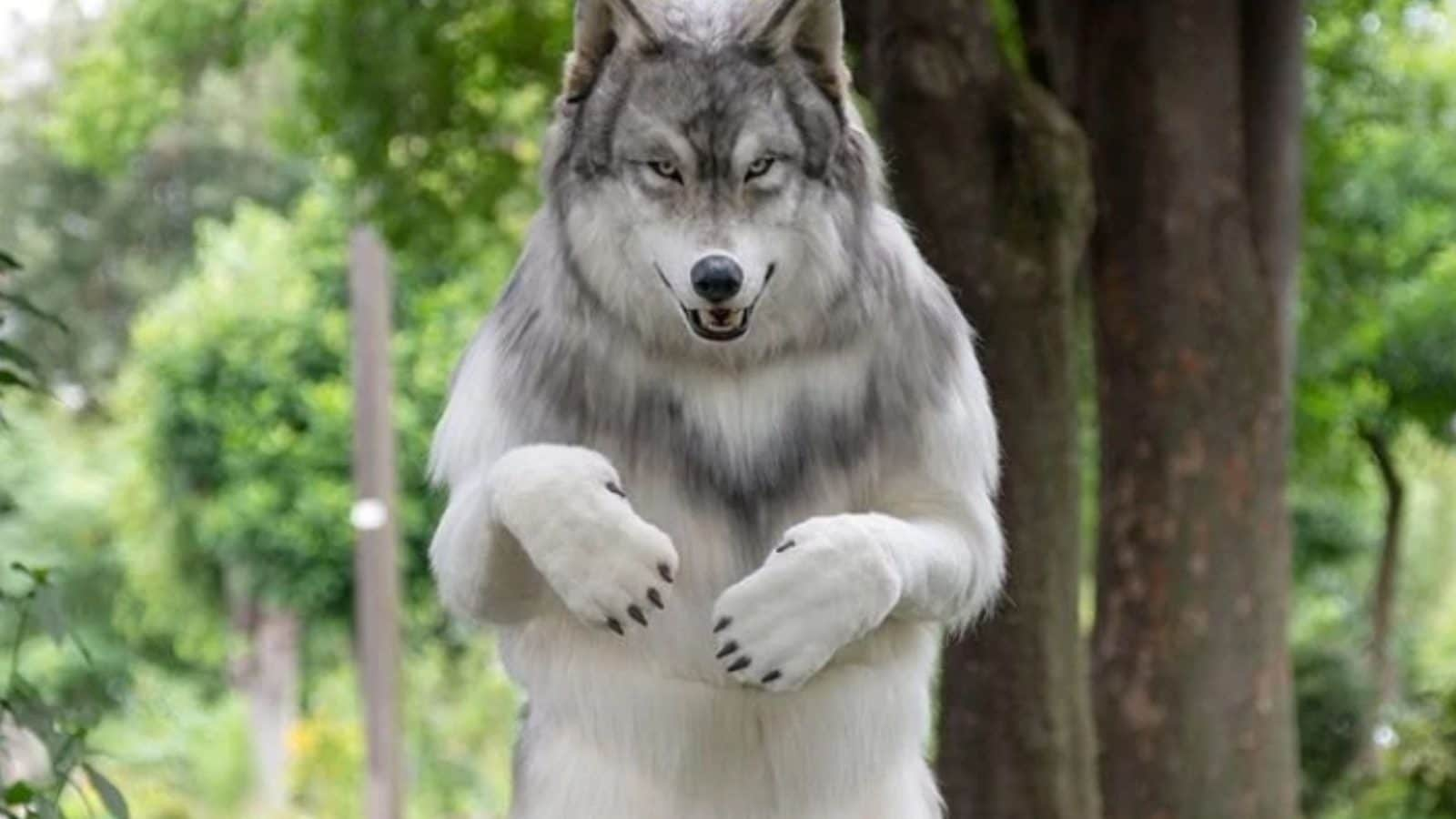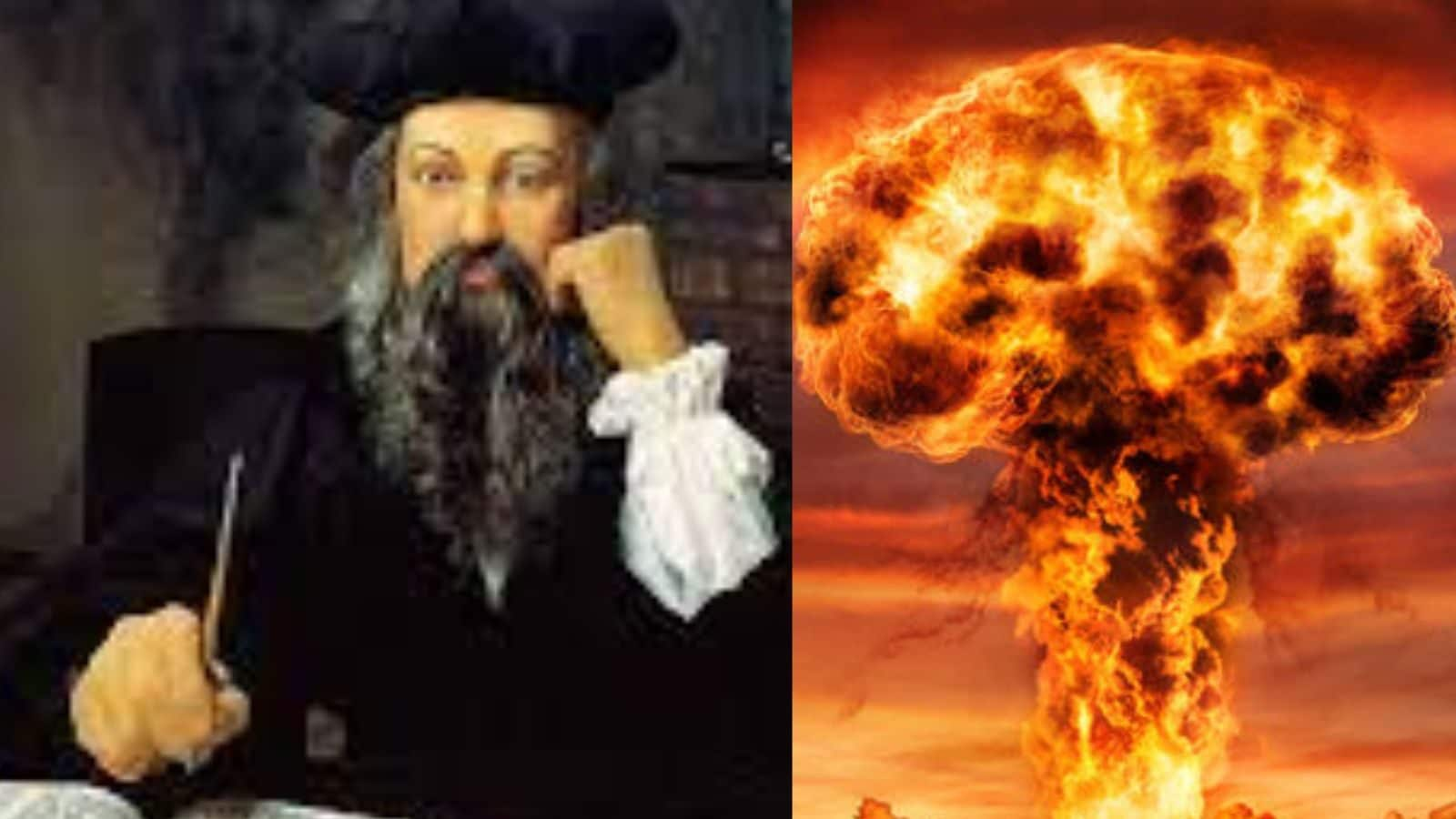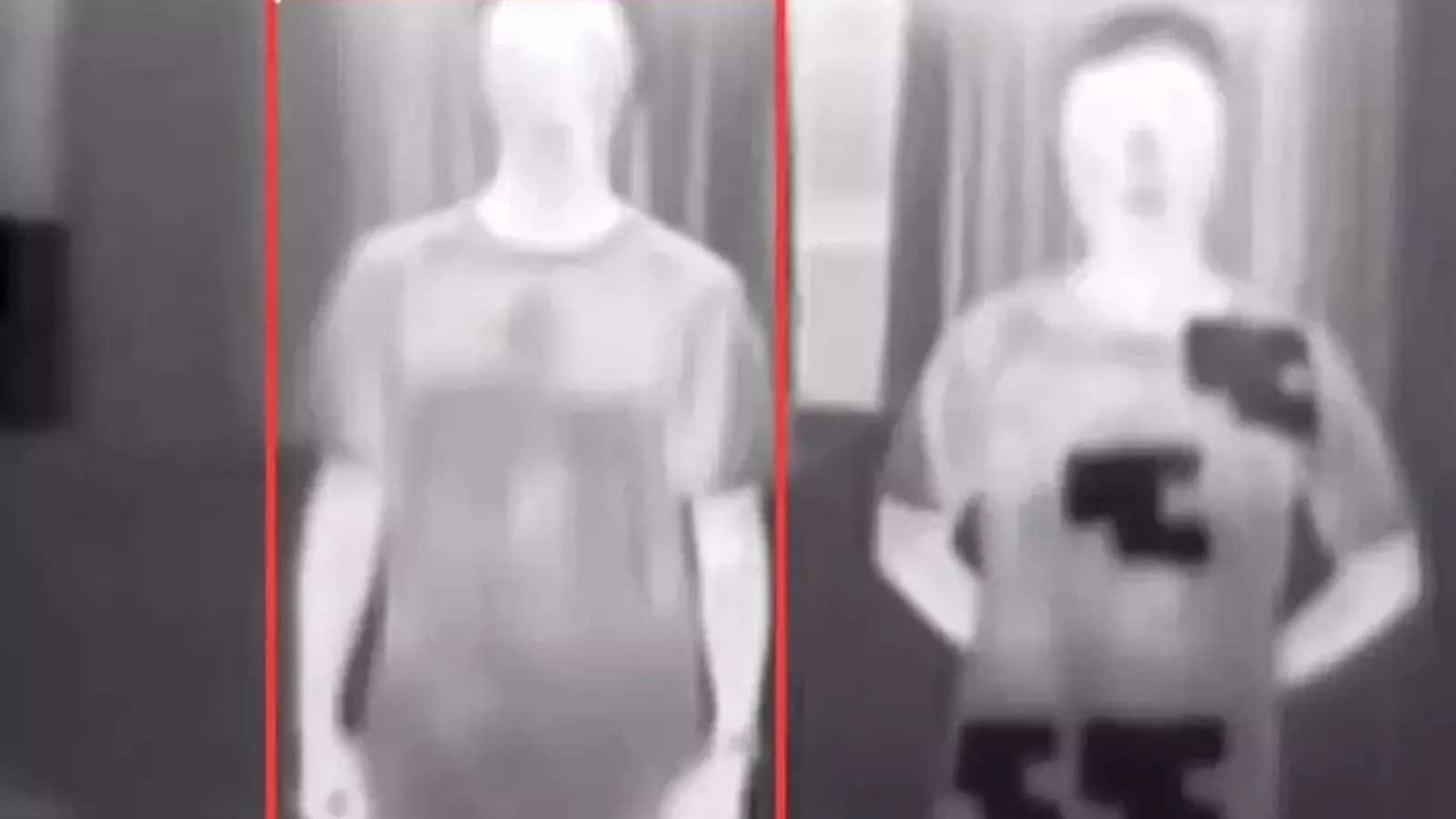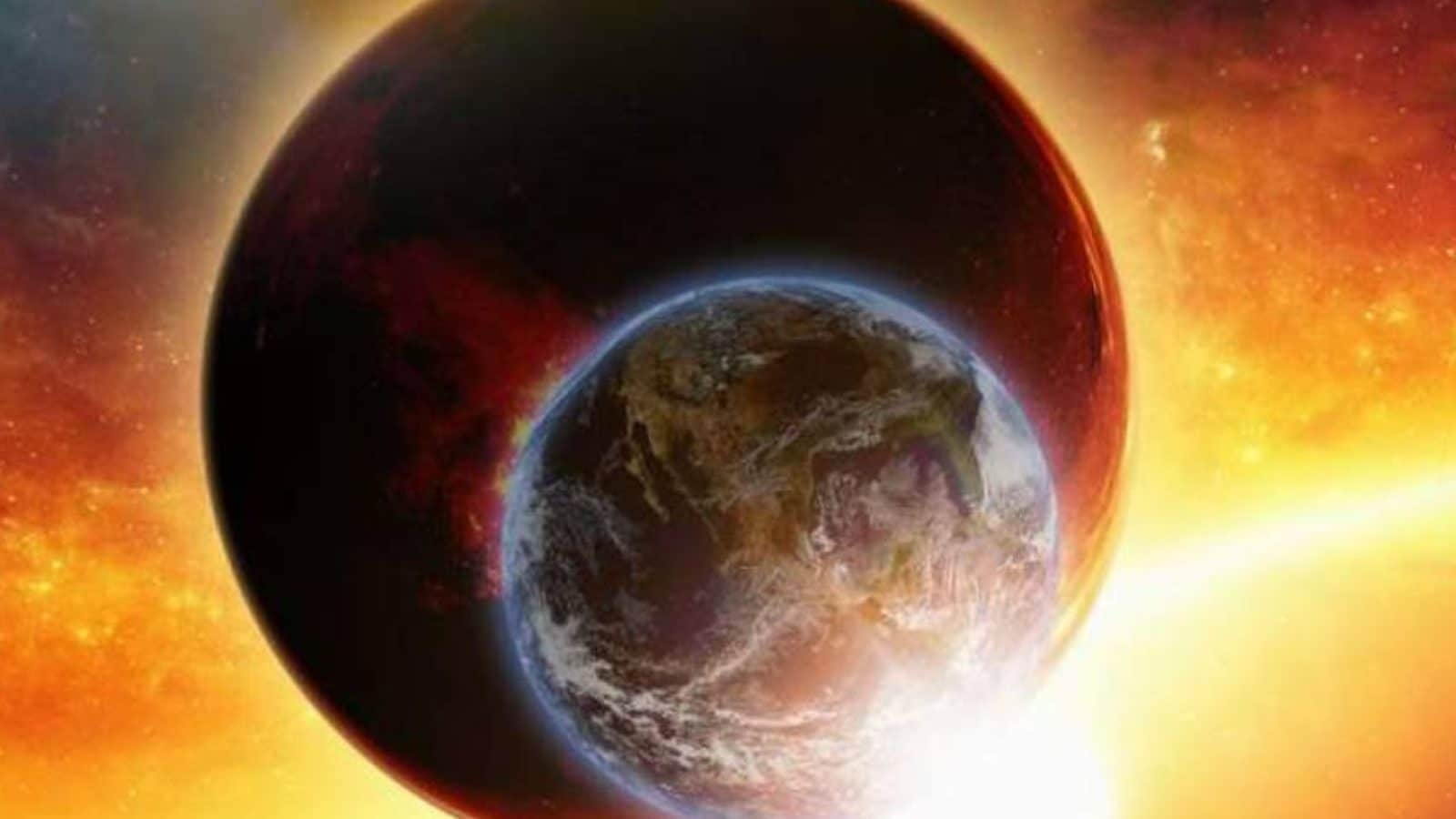NASA’s James Webb Space Telescope, the agency’s successor to the famous Hubble telescope, will launch on December 25, 2021, on a mission to research the first stars and look deeper back in time than ever before.
One of the first investigations to be conducted by the James Webb Space Telescope will seek to learn more about 19 nearby galaxies and how they fit into the history of our neighbourhood.
Webb’s data will be able to add galactic information about star formation, strong winds blowing off these stars to disturb gas and dust, and adult stars potentially lurking in spiral galaxies thanks to the infrared photos collected from deep space.
How James Webb Telescope Designed?
Designed to see how well all of the various pieces of this engineering marvel operate together. The $US10 billion telescope is staggeringly complicated in construction, and the stakes are enormous — where the Hubble telescope orbits the Earth, within our reach for service, James Webb sits about 3000 times further away, orbiting the Sun. While this greatly expands our vision of deep space, it also means we have no way to make modifications or fixes if something goes wrong.
The pressure to ensure that every component of the telescope was correct before sending it into orbit was great, resulting in a number of delays.
The main mirror of the telescope is 6.5 metres wide and made up of 18 hexagonal segments that self-assembled in space. Aligning each of these segments to form a single, flat reflecting surface necessitates nanometre-scale precision.
Having completing the self-assembly of its 18-segmented main mirror, the telescope has obtained extraordinary photographs of an ordinary star to test its capabilities. The star, known as HD84406, is 100 times fainter than what the human eye can see. The star itself, beautiful as it is, is of little interest — instead, astronomers are intrigued by the spray of tiny dots dispersed across the background. Each is a distant galaxy, and this is the first time we’ve ever captured them.
James Webb First Image
These first photographs are more than just confirmation that the telescope is working properly; they are also a clear representation of James Webb’s potential.
James Webb, a hundred times more sensitive than Hubble and working in the infrared spectrum, is already collecting galaxies far more distant than any we’ve seen previously.
“There’s no way Webb can look at any place in the sky for 2,000 seconds and not get an enormously deep field,” Rigby adds. “From now on, this is going to be the future.” It’s a vast field everywhere we look. We’re seeing back in time to galaxies that we’re seeing the light as it looked billions of years ago without even breaking a sweat.”
The James Webb spacecraft includes four scientific instruments, but only one of them — the Near Infrared Camera (NIRCam) that assisted in the delivery of these initial photographs – is currently active. NASA anticipates that the last three will be operational and ready to begin scientific imaging in June or July.
These photographs will allow us to travel back in time to catch galaxies from the early days of our universe, just a few hundred million years after the Big Bang, potentially changing our knowledge of galaxy creation and evolution.









